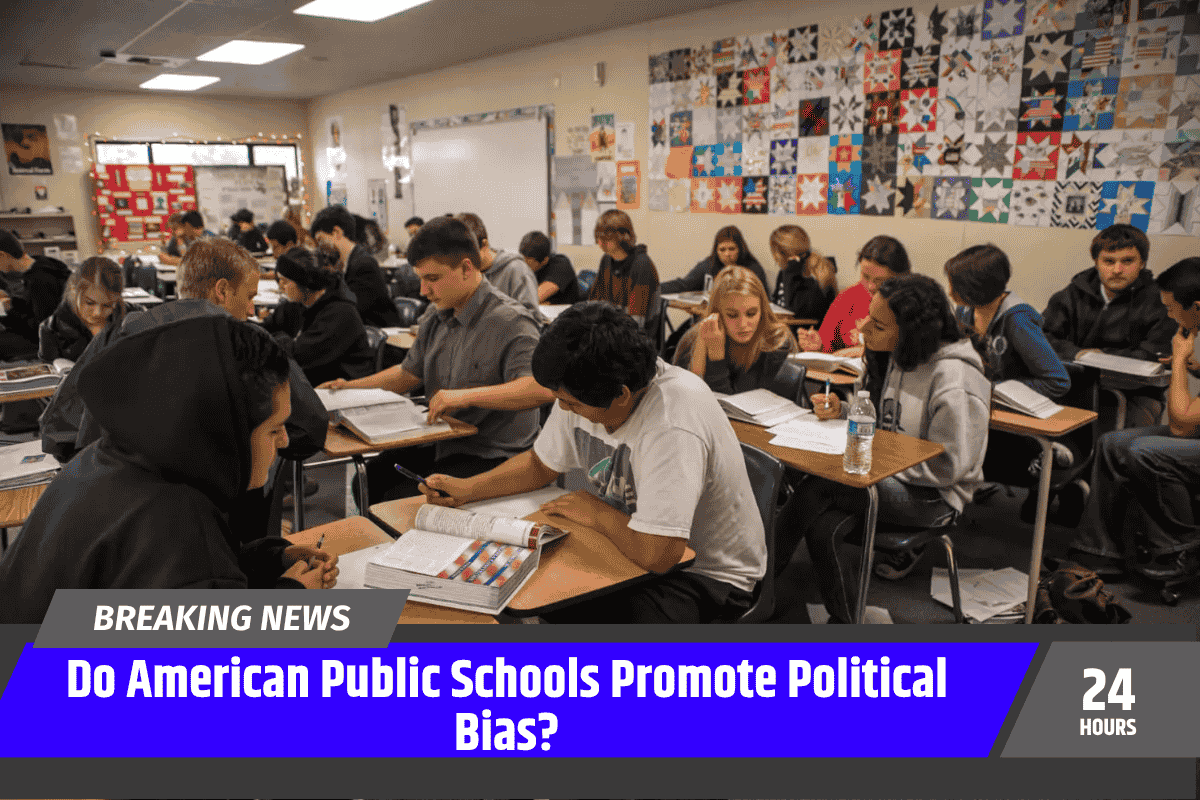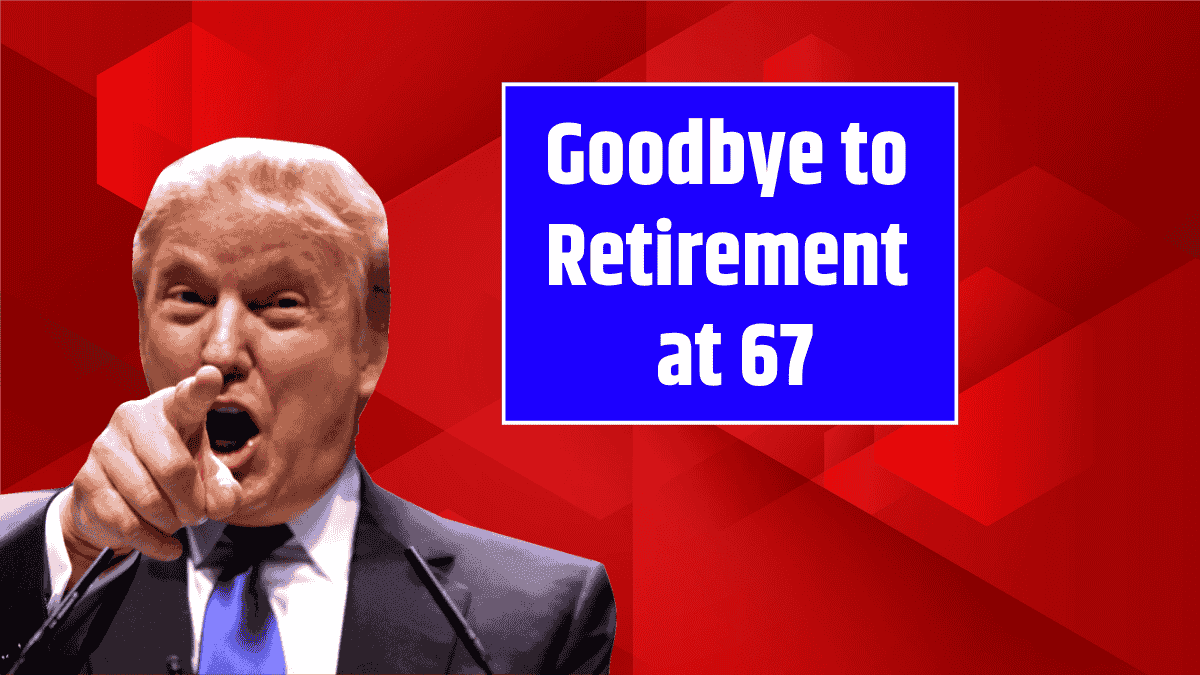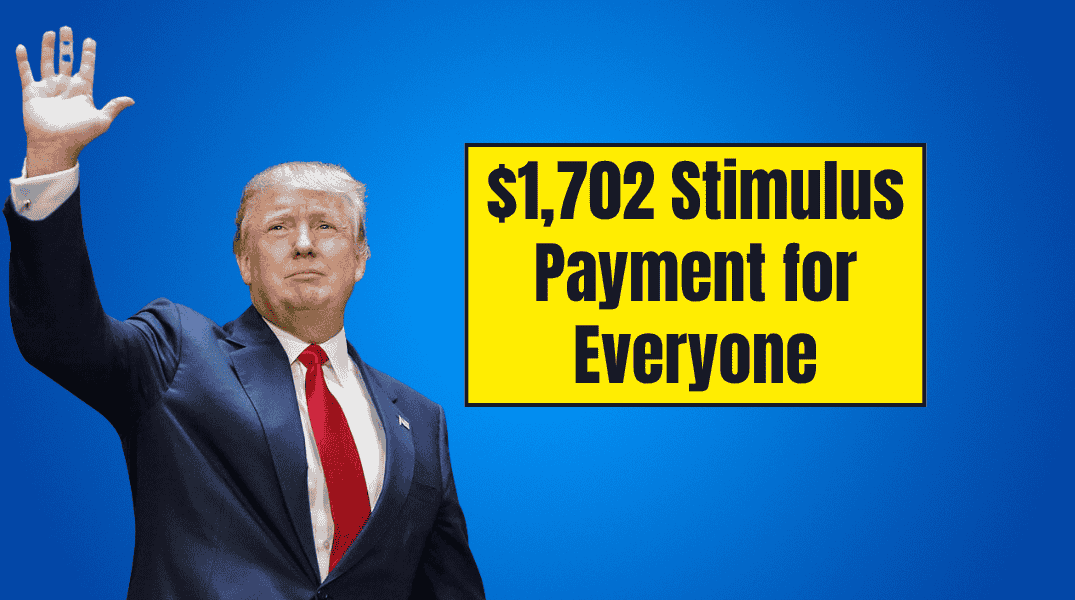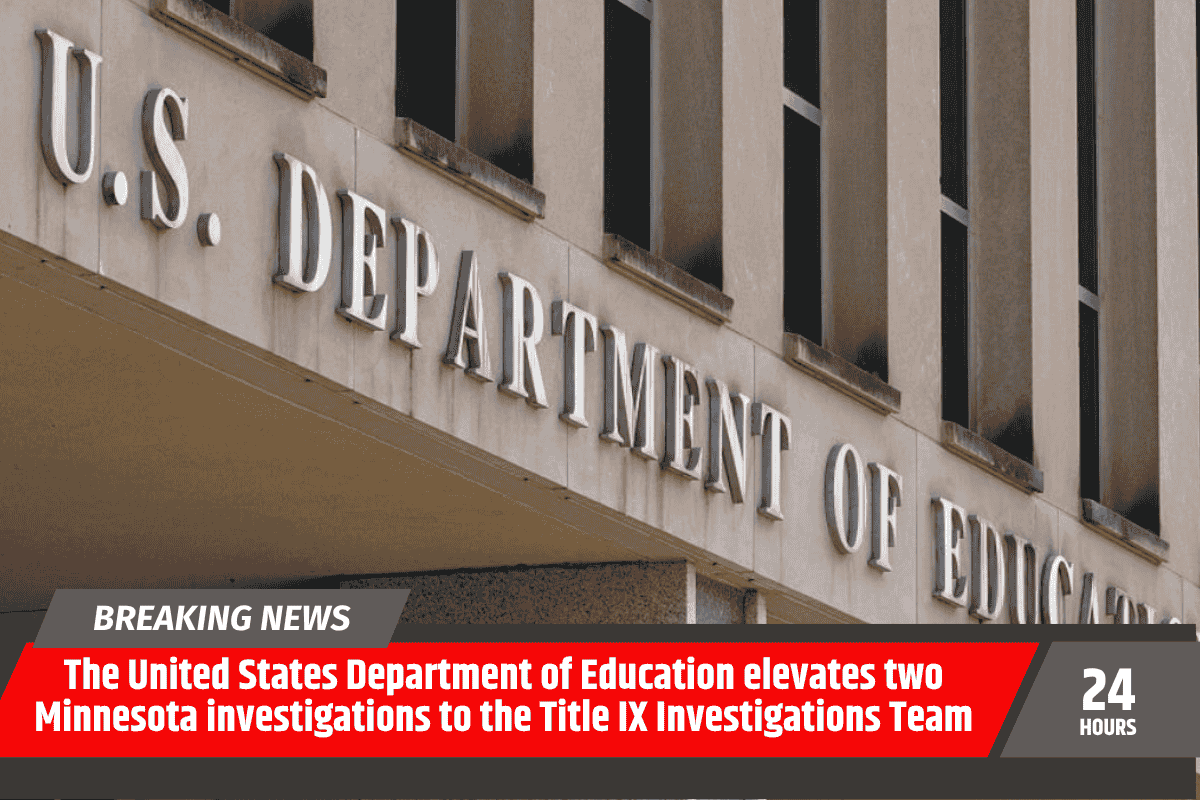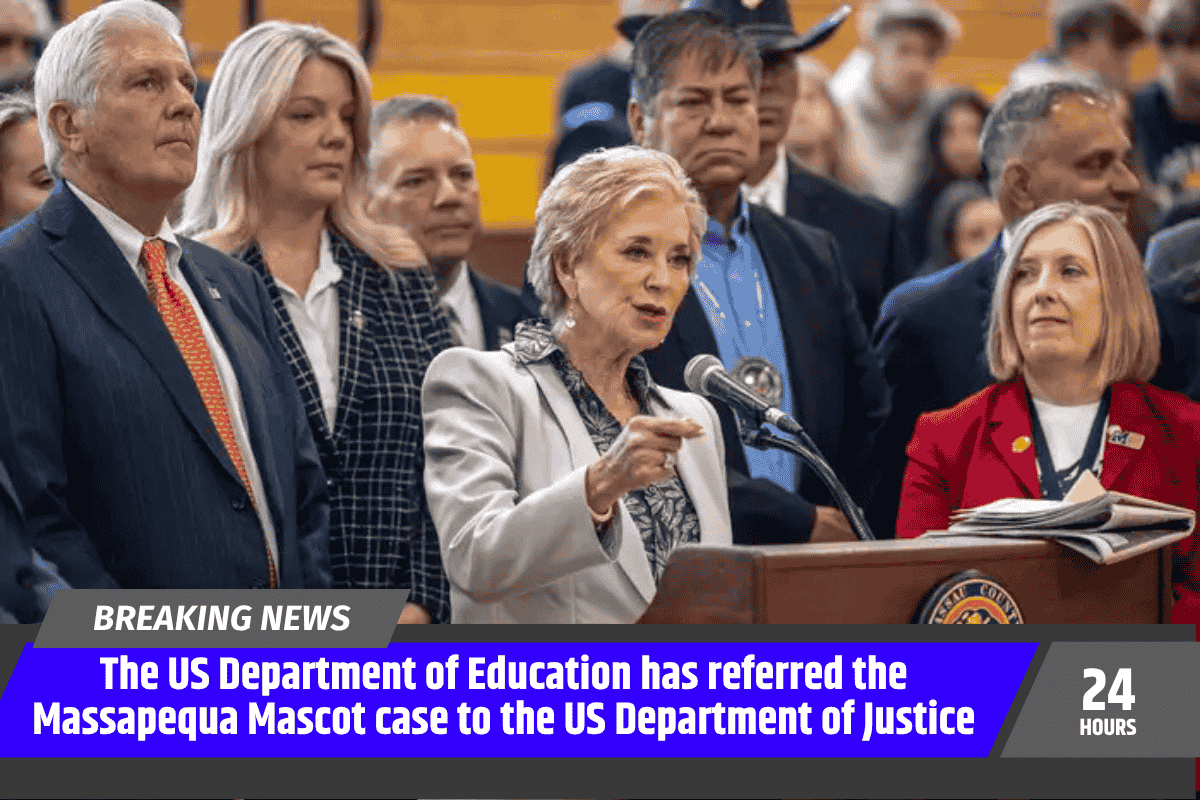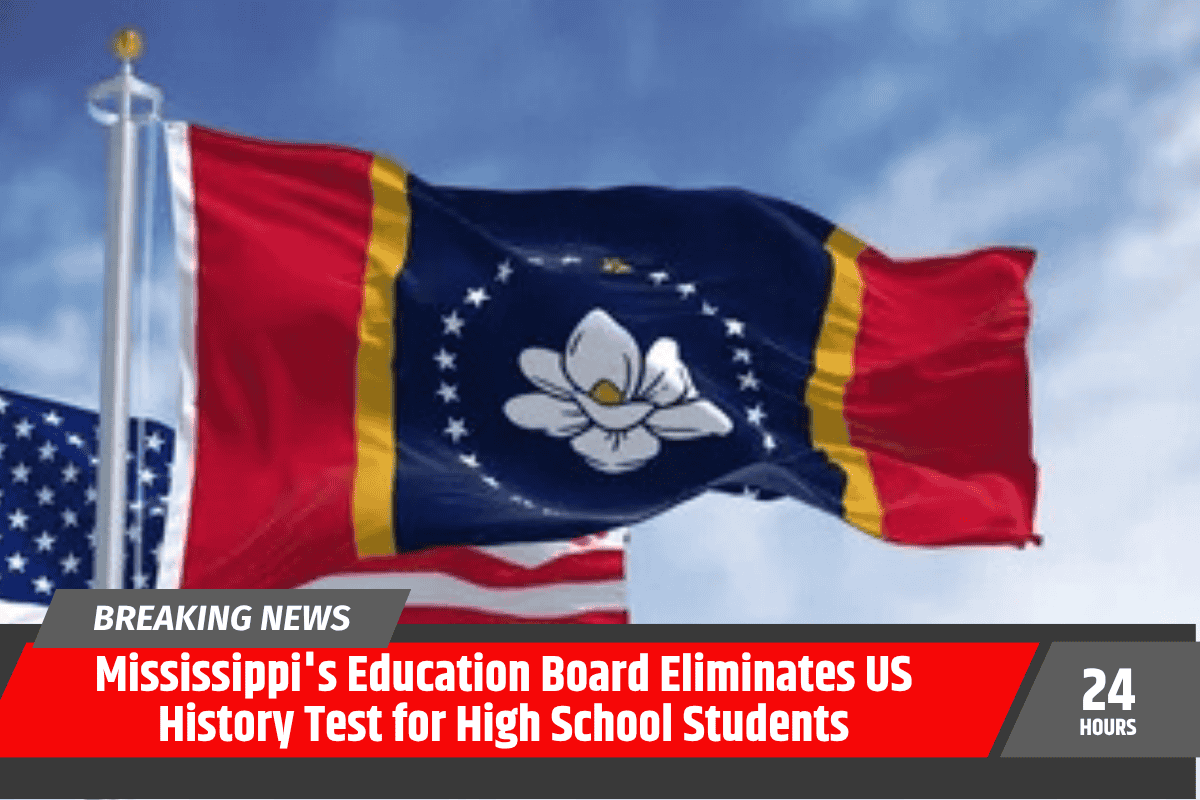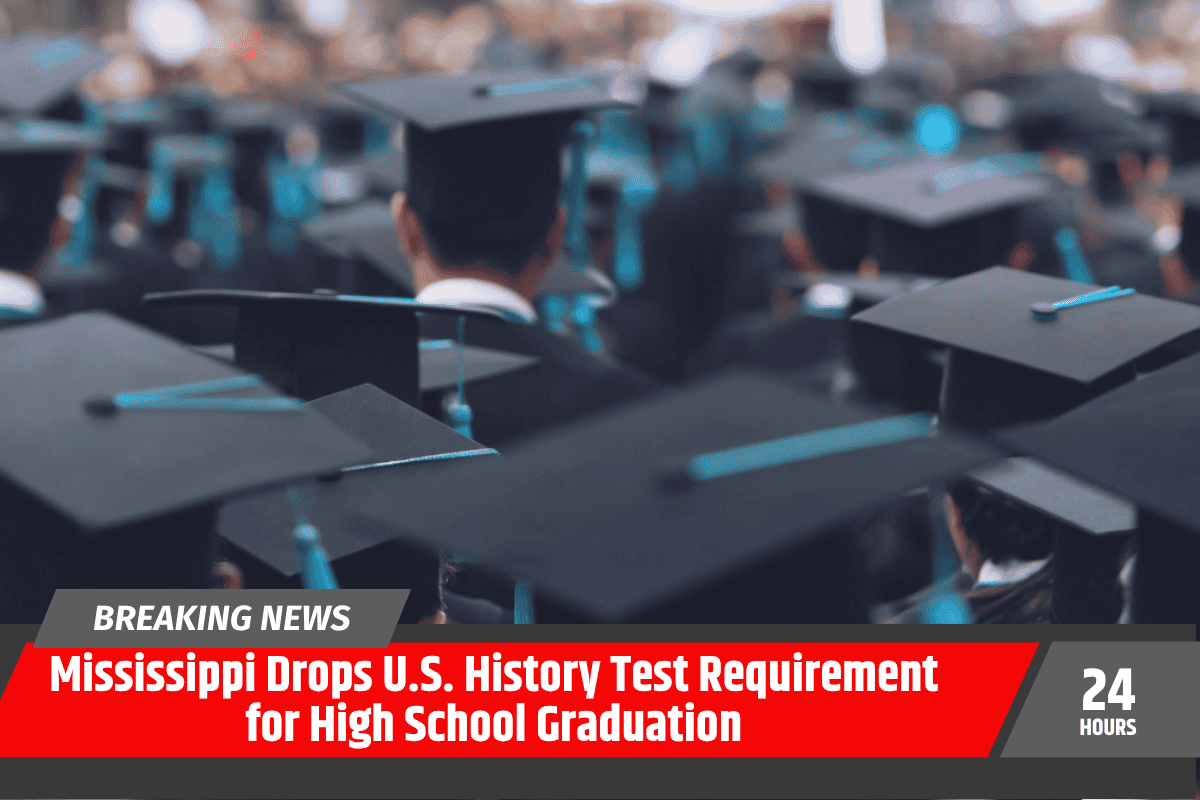The debate over whether American public schools promote political bias or even indoctrinate students into a specific belief system has become an important issue in education policy.
In recent years, the question has sparked polarized opinions, particularly when it comes to issues such as curriculum content, social studies teaching, LGBTQ+ topics, and teacher retention strategies.
As public education becomes a battleground for political opinions, understanding the perspectives of both students and adults on this issue is crucial for shaping future policies.
The Divide: How Adults and Students Perceive Political Bias in Schools
To gain insights into the public’s perceptions, two national surveys were conducted—one targeting high school students and another with U.S. adults. These surveys aimed to explore how people view political bias in schools.
The first survey, conducted in May 2024, gathered responses from 857 high school students. The second, conducted in October and November 2024, surveyed 1,000 adults, including 27% parents of children under 18.
Both surveys focused on how respondents felt about the political viewpoints presented in public schools. The question posed was whether they believed schools tend to promote:
- Liberal political viewpoints
- Politically neutral or balanced viewpoints (both liberal and conservative)
- Politically conservative viewpoints
Adults’ Views on Political Bias
According to the surveys, a majority of U.S. adults feel that public schools present either neutral or balanced political perspectives. However, opinions vary significantly depending on political affiliation.
About two-thirds of Republicans believe that public schools promote liberal viewpoints, while Democrats and Independents are more likely to see schools as politically neutral or balanced.
Interestingly, only about 17% of Democrats believe that schools promote conservative viewpoints, which is slightly higher than the national average.
Students’ Views on Political Bias
High school students’ perceptions differ somewhat from those of adults. In contrast to the adults’ belief that schools lean liberal, 67% of students report that they observe politically neutral or balanced views in their classrooms.
Additionally, both liberal and conservative students perceive similar levels of political bias, with both groups more likely to see a liberal lean compared to a conservative one.
However, the overall perception among students still leans toward political neutrality, with the majority agreeing that the messages conveyed in schools are balanced.
Confidence in Public Education
The surveys also examined public confidence in U.S. public education before and after the 2024 elections. Before the election, 54% of adults expressed concern about the direction of the nation’s public schools.
After the election, this number grew to 56%, with a noticeable shift in opinions along party lines. Democrats, in particular, became more worried, with their concerns rising from 44% to 68%. Conversely, Republicans’ worries decreased from 66% to 46% after President Trump’s reelection.
The Federal Government’s Role in Education
Another important question was about the role of the federal government in public education. The survey revealed that Republicans generally favor a smaller federal role (60% smaller vs. 27% larger), while Democrats support a larger role (49% larger vs. 17% smaller).
Despite these differing views, both parties showed a common misperception about the federal government’s contribution to school funding.
While the federal government accounted for 13.7% of education revenue in the 2021-2022 period, adults on average guessed it was 31%. This misjudgment was consistent across political affiliations.
What These Findings Mean for Public Education
The gap between adults’ perceptions of political bias in schools and the actual experiences of students is significant.
Many adults are influenced by media narratives that shape their views on education, often leading them to believe that public schools are pushing specific political ideologies. However, students themselves do not report experiencing this bias to the same extent.
Moreover, the general lack of knowledge about the federal government’s role in funding public education highlights another issue.
The misunderstanding of how schools are funded and the role of federal involvement can lead to misguided education policies that may not address the real needs of schools.
As education policy becomes increasingly entangled in political debates, this disconnect between public perceptions and actual student experiences could drive policy further away from the practical needs of education.
For policymakers, understanding this divide is essential to making informed decisions that focus on the actual challenges faced by students and educators.
The perception of political bias in U.S. public schools is deeply divided, with adults more likely to believe in political leanings than students themselves.
These differing views highlight the growing political tension in education and underscore the need for more accurate public understanding of the realities within schools.
Misunderstandings about funding and federal involvement only add to the complexity of shaping effective education policy in today’s polarized political climate.

